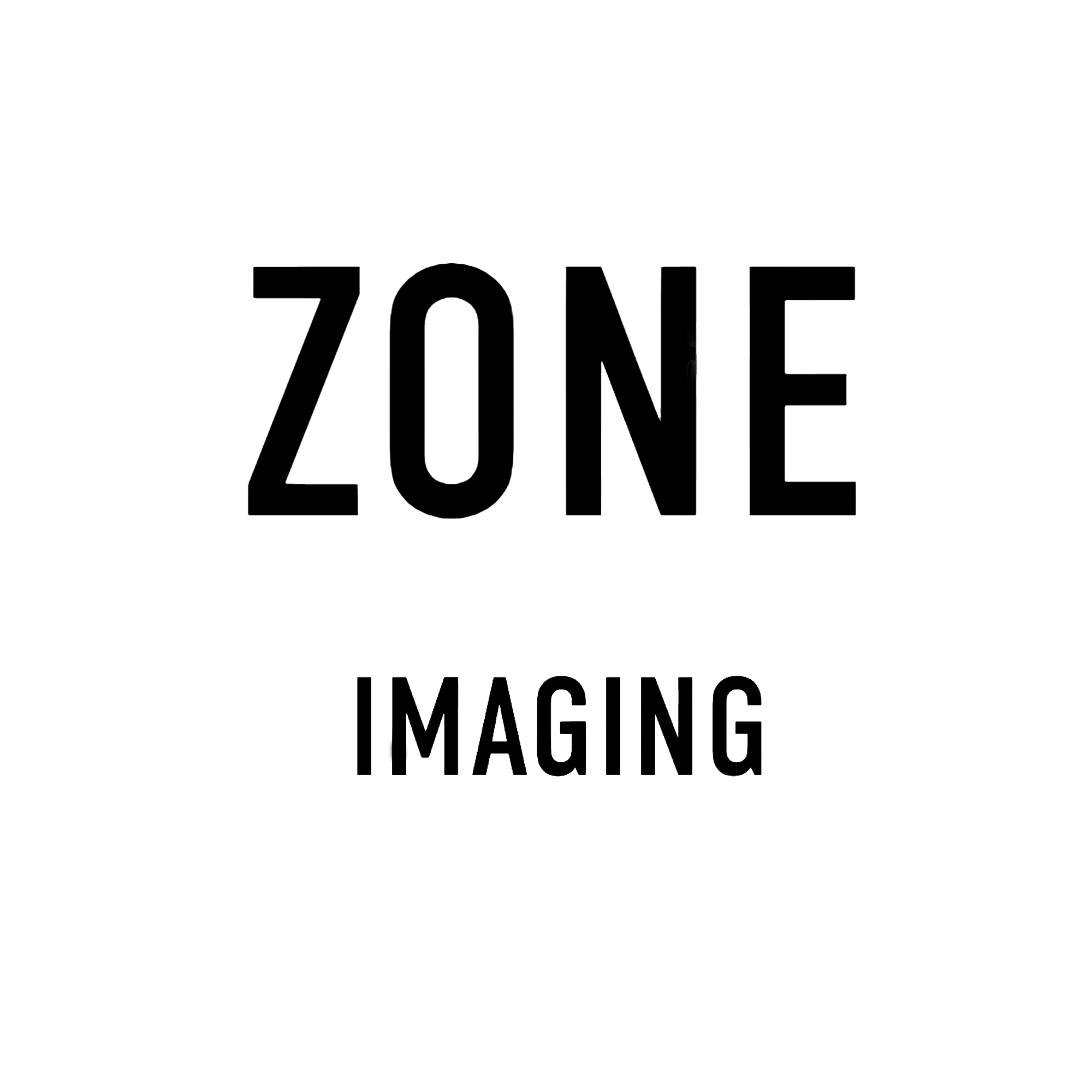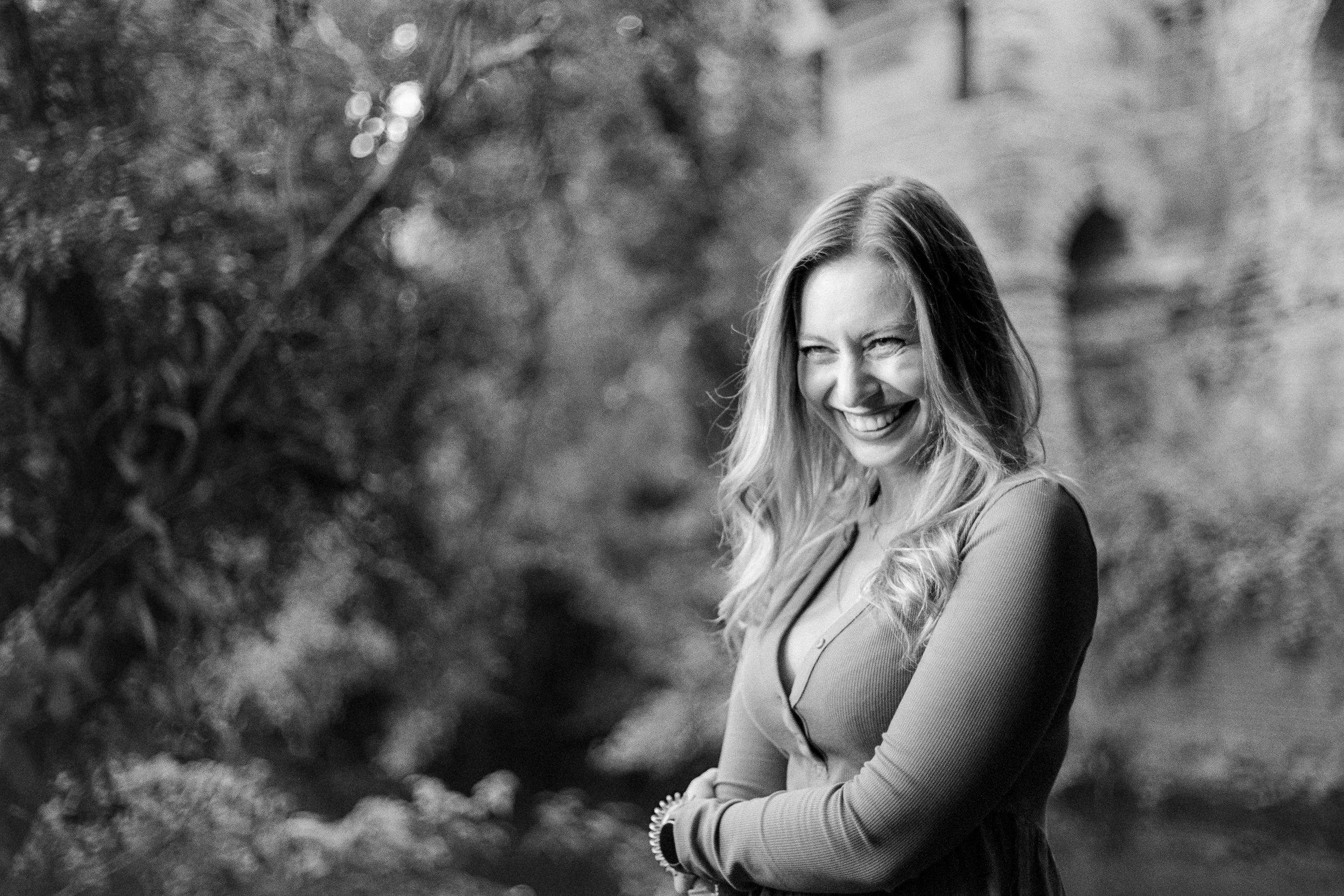Pyro Film Development with Zone Imaging 510 Pyro: The Liquid Light Lab Approach
Our Pyro Chemistry Partnership with Zone Imaging
Zone Imaging, master chemists in photo chemicals.
Visit them here.
There are few developers that define the tonal language of black and white film the way Pyro does. It’s one of the most advanced formulations ever created — prized for smooth highlights, long tonal transitions, and a calm, sculptural rendering of light.
At Liquid Light Lab in Warwickshire, we’ve always used Pyro not as nostalgia, but as precision. Pyro sits at the meeting point of chemistry and craft — a process that demands control, patience and understanding. It represents everything we value about analogue photography: discipline, consistency, and the pursuit of the perfect negative.
That pursuit is why we now source all of our Pyro chemistry directly from Zone Imaging, one of the most respected names in photographic chemistry today.
Why Zone Imaging — and Why 510 Pyro
Photographers have trusted Pyro developers for over a century. Ansel Adams and the early Zone System pioneers used Pyrogallol to achieve the tonal precision that defined fine-art photography. The same principles apply today — but with 510 Pyro, we achieve that control through cleaner, more stable chemistry and modern scanning fidelity. It’s the evolution of the same idea: absolute command over tone, from exposure to print.
Ansel Adams, Half Dome, Blowing Snow, Yosemite National Park, 1955. A masterclass in tonal control achieved through early Pyro development and the Zone System — the foundation for modern formulations like 510 Pyro.
Zone Imaging’s 510 Pyro, formulated by photographic chemist Jay DeFehr, is a developer that bridges past and present. It carries the legacy of classic Pyrogallol formulas but refines them through modern chemical engineering — stable, safer, and more consistent. The result is a developer that’s both cutting edge and historically grounded, offering the tonal subtlety of the great darkroom eras with the precision demanded by today’s scanning workflows.
Hand-mixed and tested in the UK by Zone Imaging, each batch is measured for purity and consistency. That level of control means every bottle behaves identically — a crucial factor when your negatives carry irreplaceable images. Pyro isn’t chemistry to improvise; it rewards deliberate handling and exact timing.
By working directly with Zone Imaging, our darkroom maintains a fixed standard of tonal accuracy. Every roll that passes through our Pyro line is developed under measured, repeatable conditions — nothing left to chance, only deliberate craft and controlled process.
Pyro vs Standard Developers
Portrait created on real black and white film and developed in 510 Pyro at Liquid Light Lab. The process reveals soft highlight roll-off and rich tonal depth — qualities that define the cinematic look of modern Pyro chemistry.
Most commercial developers — from D-76 to HC-110 — aim for neutral contrast and moderate grain control. They produce reliable, clean negatives suitable for everyday scanning and printing. Pyro developers behave differently. They tan the film’s emulsion, creating a proportional stain that masks grain and allows the film’s full tonal scale to be expressed with greater subtlety. The result is smoother highlights, richer micro-contrast, and shadow separation that holds together even under intensive scanning or darkroom printing.
Standard developers typically reveal the native dynamic range of modern films — around thirteen stops — with a straight, punchy tonal curve and more pronounced grain. 510 Pyro doesn’t extend that range, but it allows it to be used more completely. Its chemistry moderates highlight development and refines the tonal relationship between shadow and mid-tone, making the most of what the emulsion already contains.
The effect is a long, elegant tonal curve where transitions feel natural and continuous. Standard developers often produce crisp separation and immediacy; 510 Pyro renders light as it truly behaves — gradual, layered, cinematic. It’s ideal for photographers who value nuance and tonal depth over sheer contrast, and who want their negatives to translate beautifully in both scan and print.
The Result
Black and white film portrait developed in 510 Pyro at Liquid Light Lab. The chemistry’s smooth tonal curve and fine grain hold every subtle highlight — from skin texture to fabric detail — giving portraits a depth and calmness.
Negatives developed in 510 Pyro hold light differently. Grain becomes refined and metallic in character; skin tones gain a quiet depth; skies open with a tonal curve that feels alive. Scanned at up to 60 megapixels, the film’s full tonal range — roughly thirteen to fourteen stops of density — is preserved faithfully. The image retains its organic life from silver to pixel: no artificial sharpness, no digital edge, just light shaped through chemistry.
Film is light written into silver, but the developer is the language that interprets it. 510 Pyro reads that language fluently. Whether you send Fomapan, Rollei, or Kodak, our Pyro workflow ensures smooth highlights, structured mid-tones, and a stain that protects micro-contrast with quiet strength.
The tanning action also hardens the emulsion, improving resistance to physical wear and aiding archival stability — one reason Pyro negatives from the early twentieth century still print perfectly today.
Experience True Pyro Development
We now process all Pyro film exclusively using Zone Imaging 510 Pyro, hand-mixed to order and treated as the fine instrument it is. If you’ve only ever known standard developers, 510 Pyro will change the way you see black and white film — the density curve, the texture of light, the way shadow and highlight coexist without harshness.
Send us your next roll and experience what Pyro truly looks like when done correctly. Develop your film in 510 Pyro →
For details about our hand-processed film development and scanning service, visit the main Liquid Light Lab page.
FAQ — Pyro Film Development
What is 510 Pyro?
510 Pyro is a modern Pyrogallol-based developer formulated by chemist Jay DeFehr. It combines extremely fine grain, long tonal scale, and improved environmental safety over earlier Pyro formulas.
Why choose Pyro over standard developers?
Pyro developers produce smoother tonal transitions and finer highlight control, allowing the film’s inherent range to be expressed fully. They’re ideal for fine-art and portrait work where tone and depth matter.
Is 510 Pyro suitable for all film stocks?
Yes. It performs beautifully with Fomapan, Rollei, Kodak T-Max, and motion-picture emulsions like Double-X. Each responds with its own character, but all benefit from Pyro’s tonal refinement.
Do you process sheet film in 510 Pyro?
We will in the future. We currently process 35mm, and will scale to medium format and large format in the coming months. All Pyro negatives are developed by hand for maximum control and even density.
How are 510 Pyro negatives scanned?
Every Pyro negative is scanned on our custom system at up to 60 megapixels, delivering around 13–14 stops of captured density range — far beyond what standard lab scanners can reproduce. Essential for black and white films that resolve well past 30MP.
All images in this article were developed and scanned in-house and UK-wide lab at Liquid Light Lab, our dedicated 35 mm film development and studio based in Leamington Spa. Except for the Ansel Adams piece of course - we’re all pretty certain we’d be listening to every technique discussion on that one!
Send in your film and you’ll get exceptional results, up to 60MP TIFF and JPEG scans, and rare pyrogallol for exceptional black and white images.
By Martin Brown | Liquid Light Whisperer





